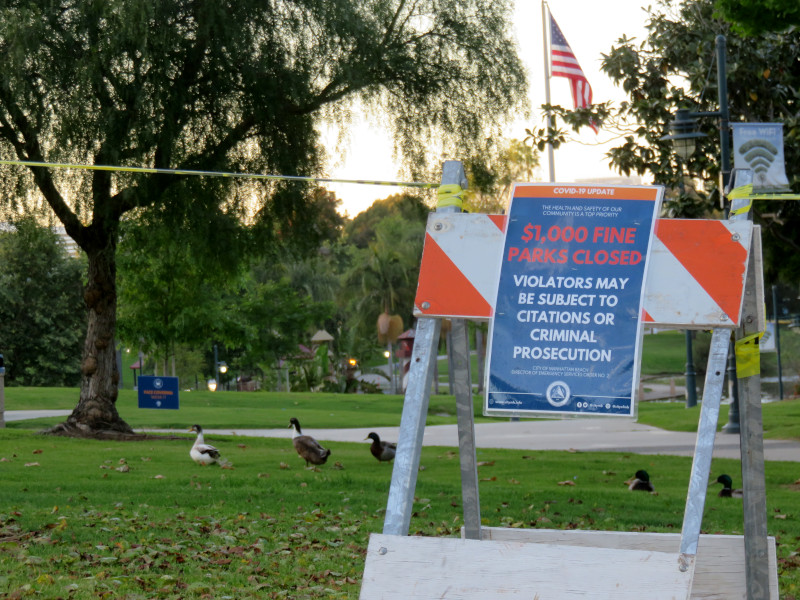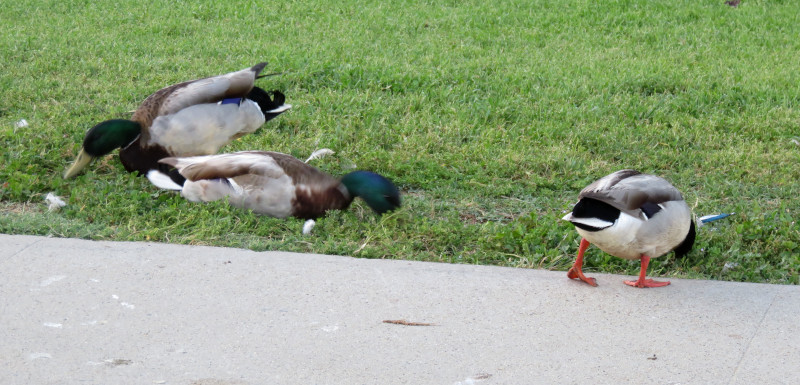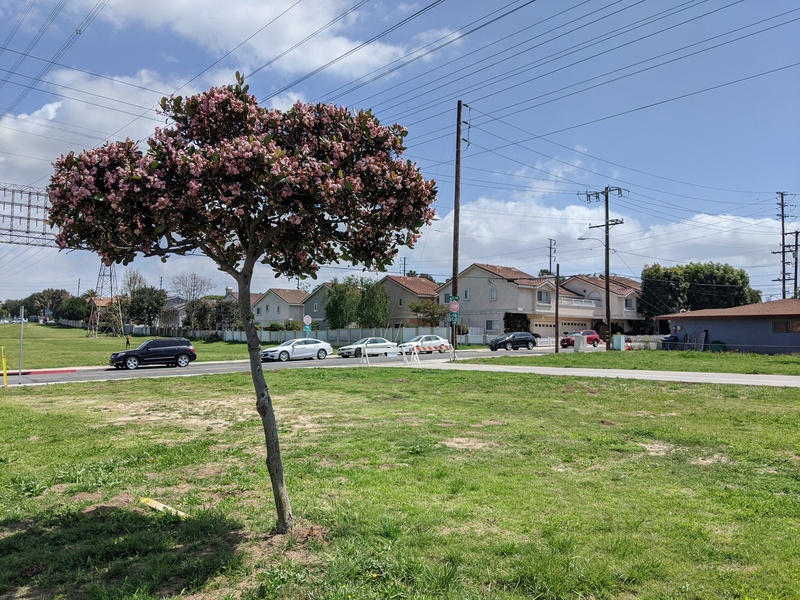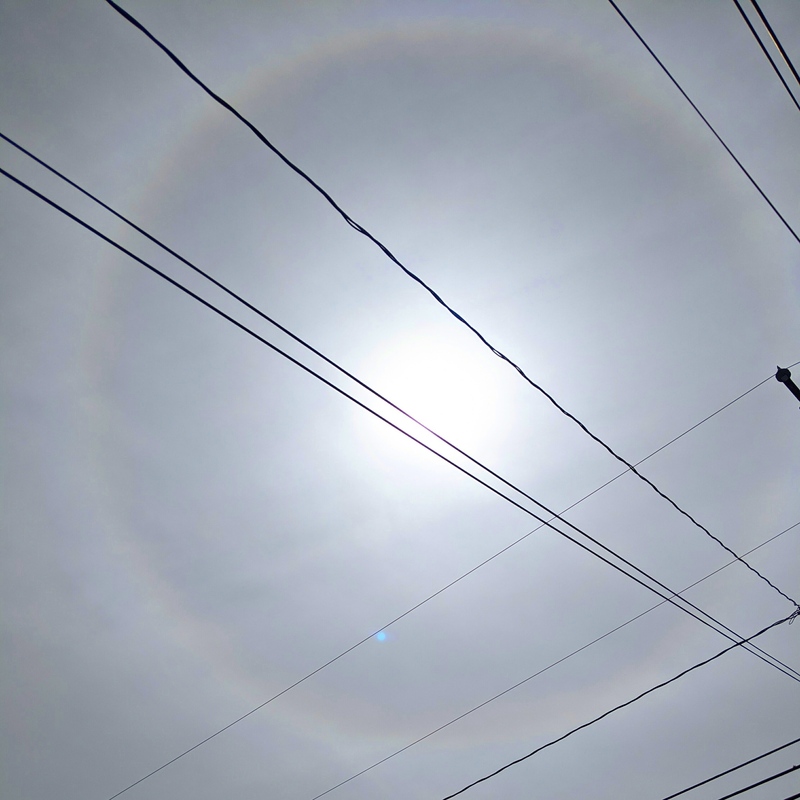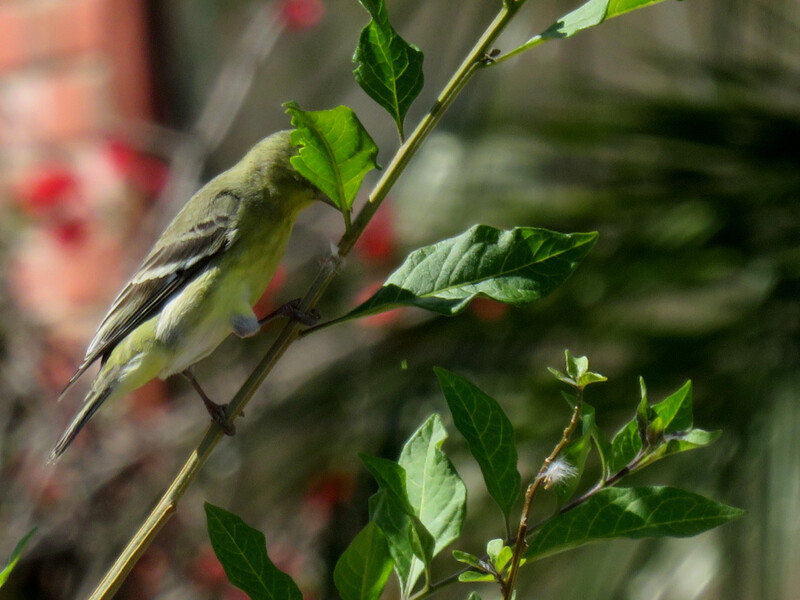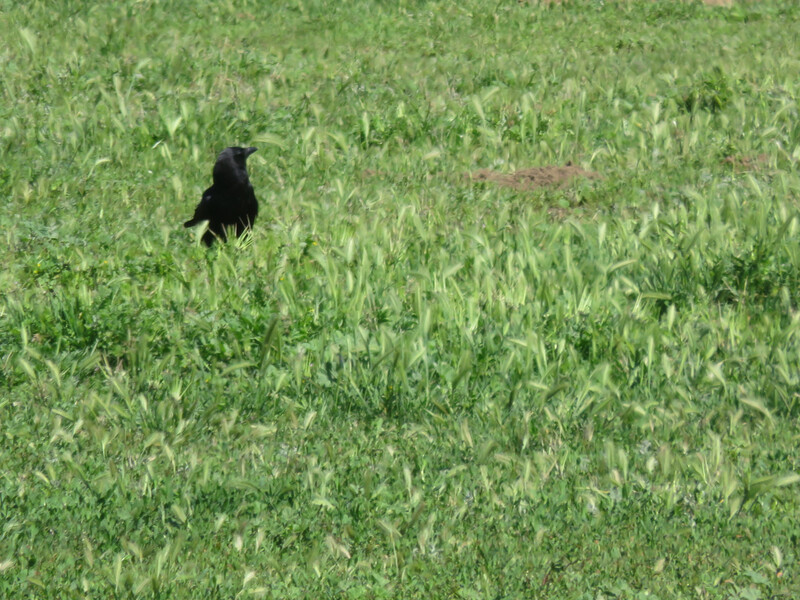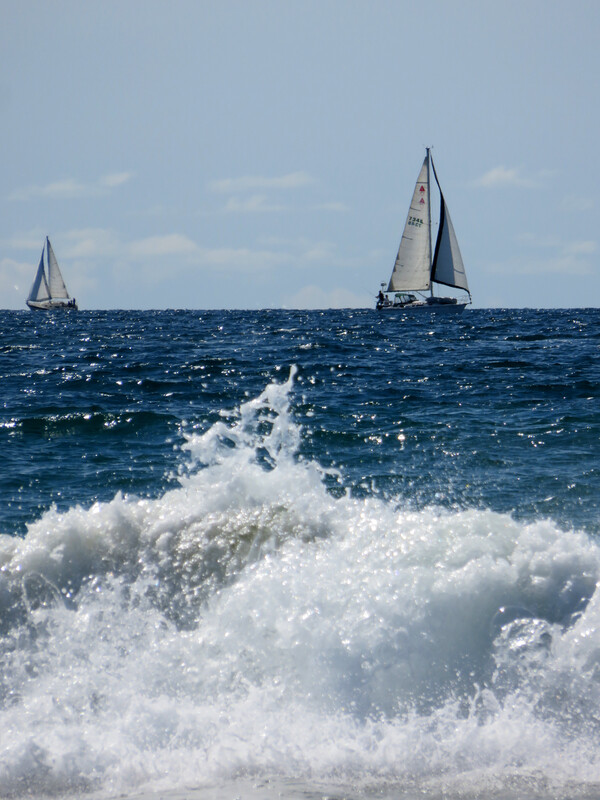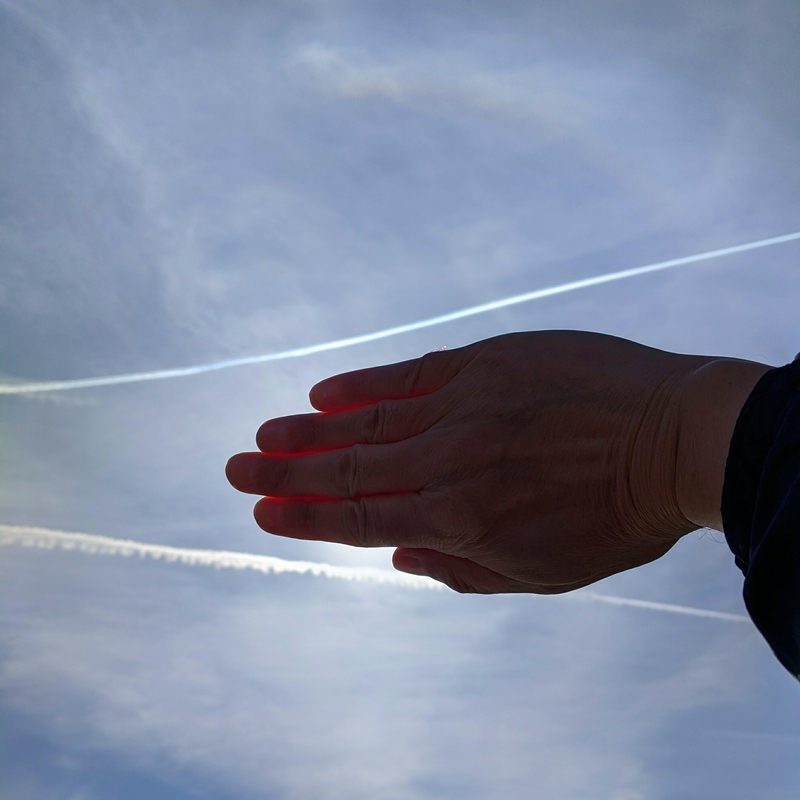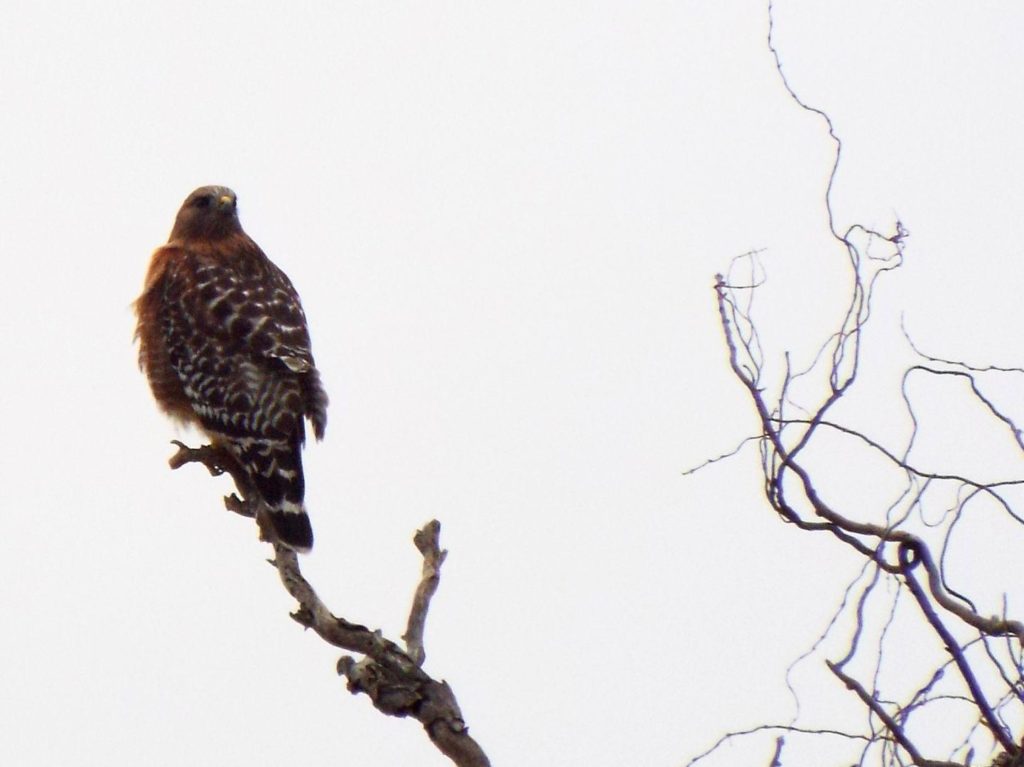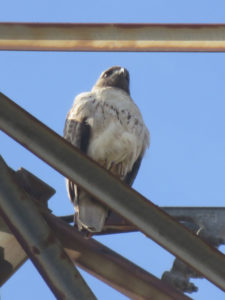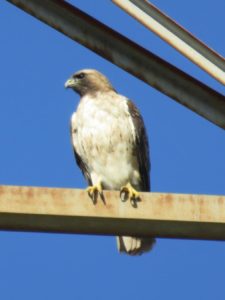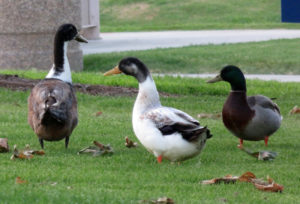 While some cities around here have only closed playgrounds and sports facilities at their parks, Manhattan Beach has closed their parks outright. Polliwog Park has a large pond year-round that attracts ducks, geese, coots, herons and more, plus the local gulls and pigeons that wander by. But the park has been literally wrapped in caution tape for a month, and the ducks that normally stay in and around the pond have come out to the edges by the sidewalks — where people can still walk by and feed them.
While some cities around here have only closed playgrounds and sports facilities at their parks, Manhattan Beach has closed their parks outright. Polliwog Park has a large pond year-round that attracts ducks, geese, coots, herons and more, plus the local gulls and pigeons that wander by. But the park has been literally wrapped in caution tape for a month, and the ducks that normally stay in and around the pond have come out to the edges by the sidewalks — where people can still walk by and feed them.
On a related note: iNaturalist’s City Nature Challenge for 2020 is underway. You can join the project to photograph the wild animals, plants, fungi and other lifeforms you see around your home or neighborhood (depending on how far you can roam in your area) this weekend. I’ve already posted the ducks, as well as a finch, some phoebes, a blackbird, a wasp, and a bunch of random plants found in the yard. Well, weeds, anyway, but the whole point is to post (and later identify) the wildlife in the area.
(And yes, you can obscure the location info. When I’m at or near home, I mark a wide circle around a major intersection and choose the “obscured” option, which further hides it from anyone but project admins and curators.)
